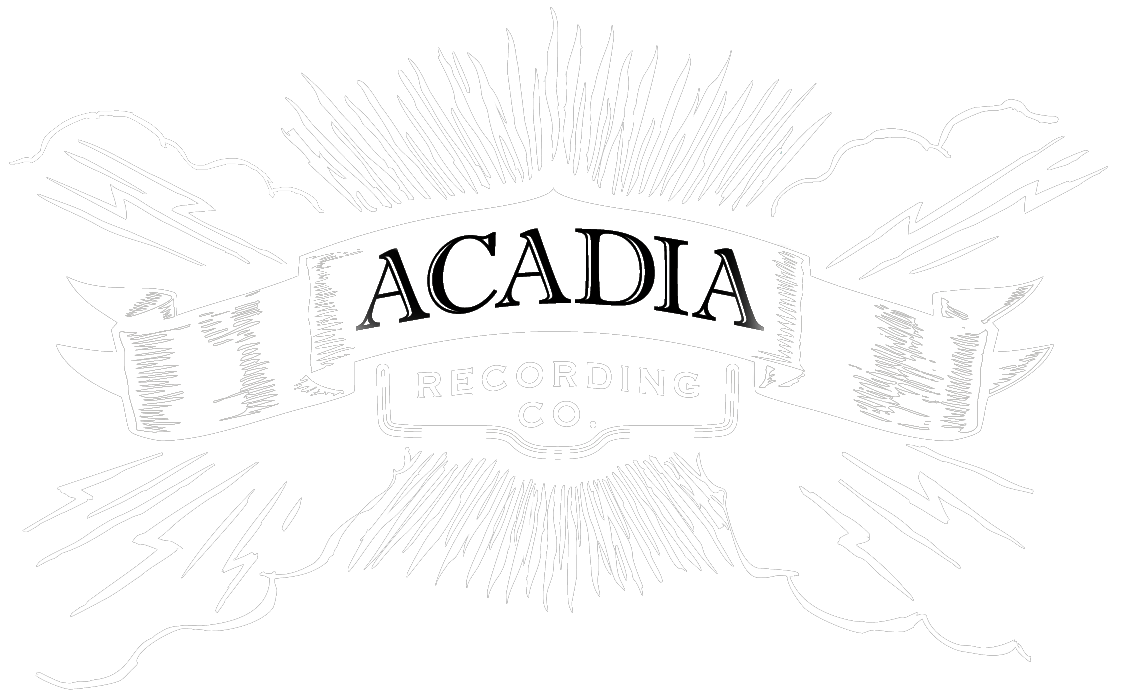The Vocoder
Where do we begin with our love for the vocoder? Let us explain by first sharing a little bit of the history around the invention of this electronic device that ended up giving us so so much amazing music.
The vocoder was designed in the 1930’s as a way to encrypt data transmissions of the human voice from person to person, which ended up coming in handy during WWII. The whole idea was to place a code “speecher” on the transmission end which broke the human voice down into multi bands of frequencies for transmission (which the enemy could not distinguish). This stage of the transmission was called the Encoder. Each band was then run through an envelope follower and then transmitted to what was the Coder or Decoder. At this stage, the message was run through the same filter settings as the original speecher that sent the transmission and re-synthesized version of the original transmission was created. Imagine if almost every frequency within speech was divided into very narrow bands of audio then passed via radio channels (or multiplexing) and then was reassembled to recreate a facsimile of the original transmission.
Bell Laboratories here in the states actually started messing with this idea in 1928. The project was spearheaded by a man named Homer Dudley who introduced his first vocoder type device called “The Voder” at the Worlds Fair at the AT&T building in NYC in 1939. When he unveiled this technology it was received with mixed reactions as to wether it was humanly possible to replicate human speech through electronics means. Take a look at The Voder below:
We then usher in WWII, and Bell labs had created the mother of all vocoders (which they referred to as project X) and the US signal corps called SIGSALY. It had 12 stations world-wide in which the Allies could transmit and broadcast transmissions that were coded from eavesdroppers to aid in the defeat of the Germans and their counterparts. In fact most of FDR and Winston Churchill’s conversations while they were in their home countries passed through SIGSALY to ensure their conversations were secure.
Similar vocoders that were more digital based were used in the late 1960’s. They were based on a linear prediction decoder that worked on a mathematic formula to encode and decode signals, the most famous device of this time was called the HY-2 which was used by the US military in the Vietnam War.
Enter our friend and electrical god Robert Moog who in 1968 built the first solid state (10-band) Vocoder while at the University of Buffalo. In 1970 he built another vocoder based off Dudley’s design which ended up being used by Wendy Carlos on the Clockwork Orange soundtrack and viola! The vocoder entered into the common musical vernacular, and the floodgates for the sound of the future opened up:
Afrika Bambaataa, Kraftwerk, Newcleus, Giorgio Moroder, ELO, Alan Parson’s Project, Pink Floyd, Michael Jackson, Daft Punk, Black Moth Super Rainbow, Stevie Wonder, Michael Oldfield, Jean Michel Jarre, plus many many more started integrating the sounds of the vocoder into their albums. One of the most unlikely suspects to use a vocoder, Neil Young, even jumped on board with his amazing record Trans (1982). Neil and that record hold a very special place in my heart.
Nowadays we have many vocoder options to choose from: Many softsynth plugins are available, and several vintage units can still be purchased such as the Korg VC10, Roland’s VP330, Sennheiser’s VSM201, as well as some EMS options.
Here at the studio we have a couple to chose from: Eventide H3000, EH V256, Electrix Warp Factory, and the MicroKorgXL. You’ll be able to hear some softsynth (Soundtoys’ Little AlterBoy) goodness on the Meghan Yates & The Reverie Machine record A Little Grace.
We think that Cosmo D’s description in this short documentary about the vocoder speaks volumes. In regards to machines and electronics taking over the music he says he’s not sure if the human is asking the question or if the machine asking the question. And he’s not sure which one is in control? These are great points which are very apropos in todays day and age.
